Jade-green waves hiding rainbow-colored fish gently lap against white-gold beaches steeped in Phuketian heritage. Phuket (ภูเก็ต), Thailand’s stunning largest island, offers such rich diversity that you might never want to leave.
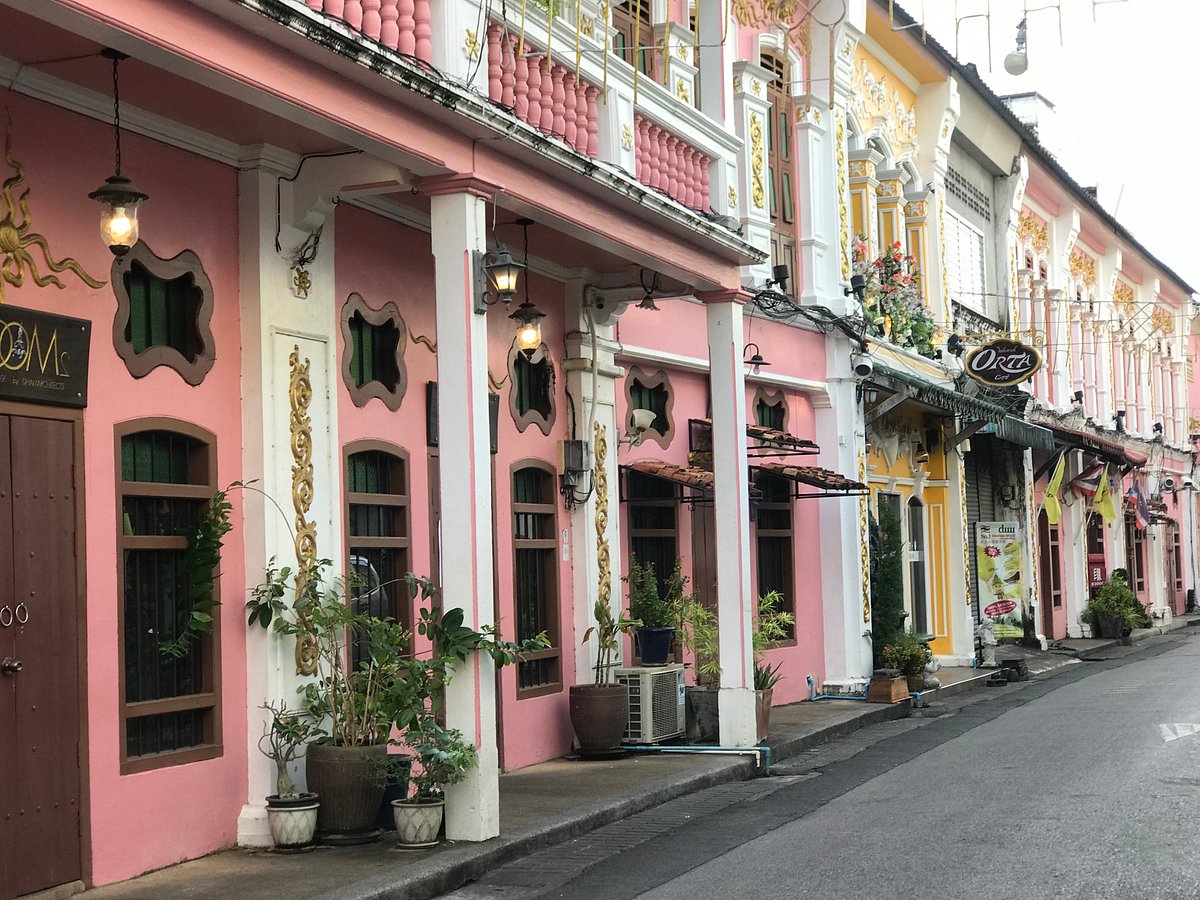
Branching off Th Thalang in the heart of Phuket’s Old Town, this lively little street showcases some of the island’s most beautifully restored Sino-Portuguese buildings. Once lined with brothels, gambling halls, and opium dens, it’s now dotted with charming boutique cafés and guesthouses—and has become a popular photo spot. By night, it’s especially enchanting, bathed in the warm glow of Chinese lanterns.
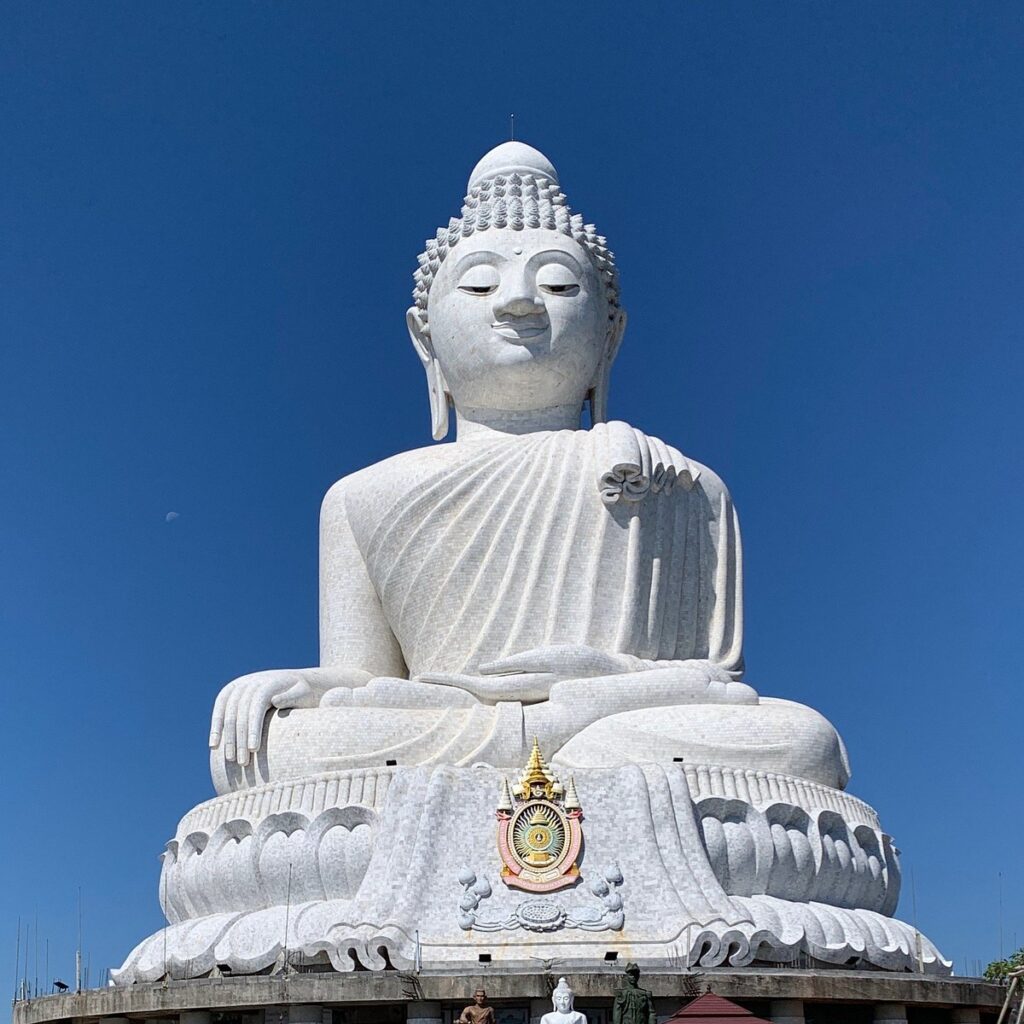
Perched high on the Nakkerd Hills, just northwest of Chalong Circle and visible from much of the island, Phuket’s 45-metre-tall Big Buddha—carved from gleaming Burmese alabaster—sits majestically atop one of the island’s most breathtaking viewpoints. Though it draws plenty of tourists, the soft chime of bells and fluttering flags give the place a spirited, reverent energy. Visitors can pay respects at the golden shrine before climbing to the expansive plateau, offering sweeping views of Kata’s crescent bay, Karon’s golden shoreline, and, to the southeast, the tiny isles of Ao Chalong.
Construction on the Big Buddha began in 2007 and has been funded entirely by donations, totaling around 100 million baht—though no one seems to mind the cost.
To reach it, follow signs from Route 4021 about 1km north of Chalong Circle, then wind 5.5km up a steep country road flanked by banana plantations and dense jungle. Adventurous visitors can also hike from Karon via a challenging 2.5km jungle trail starting at Soi Patak 14—a roughly one-hour climb that calls for plenty of water and an early start.
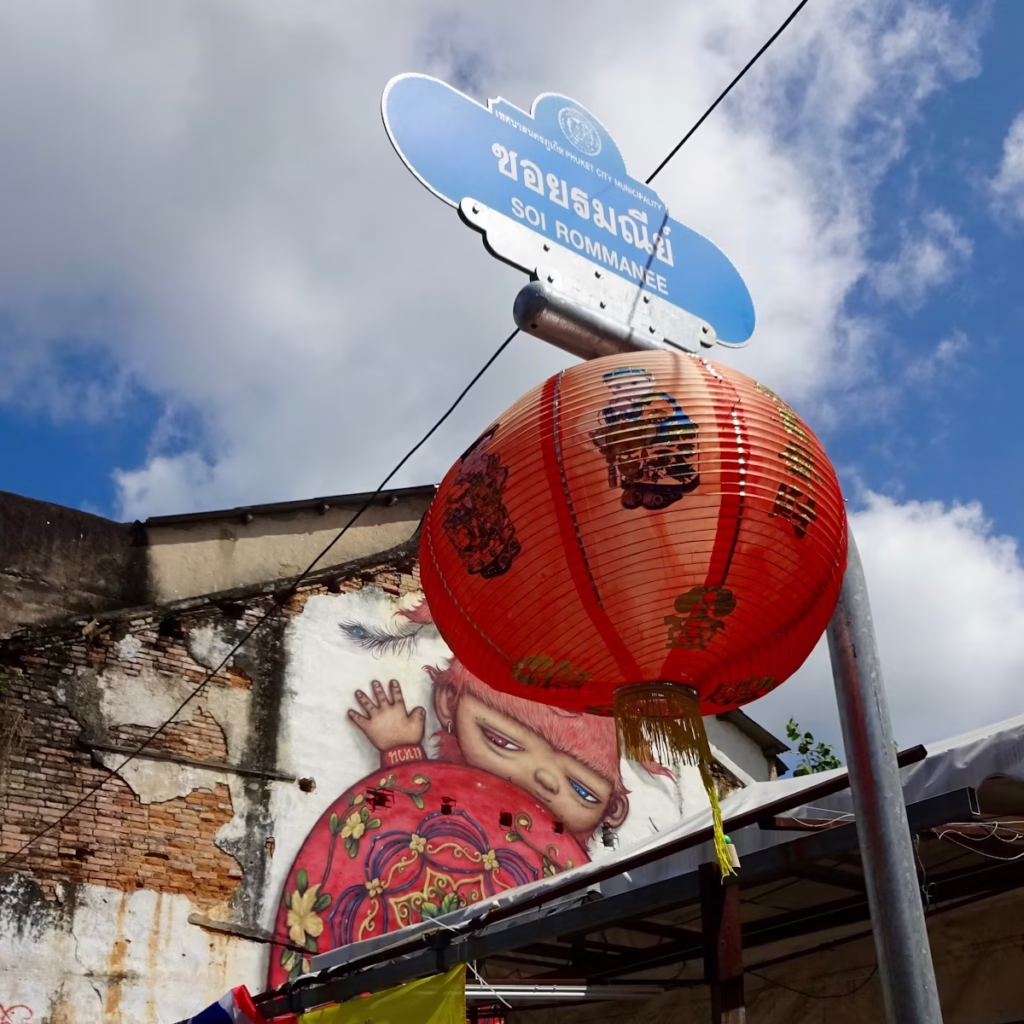
Stretching a stunning 8km, Hat Bang Thao is one of Phuket’s longest and most idyllic beaches. This sweep of pearly-white sand invites you to simply unwind and soak in the serenity. At the southern end, you’ll find laid-back midrange bungalows, while the central stretch is home to upscale resorts, including the expansive Laguna Phuket complex. A few stylish beach clubs grace both the northern and southern ends.
The beach’s tranquil northern tip, known as Hat Layan, features powdery blonde sand shaded by coastal pines, a small offshore islet, and a relaxed beach club—perfect for a peaceful escape.
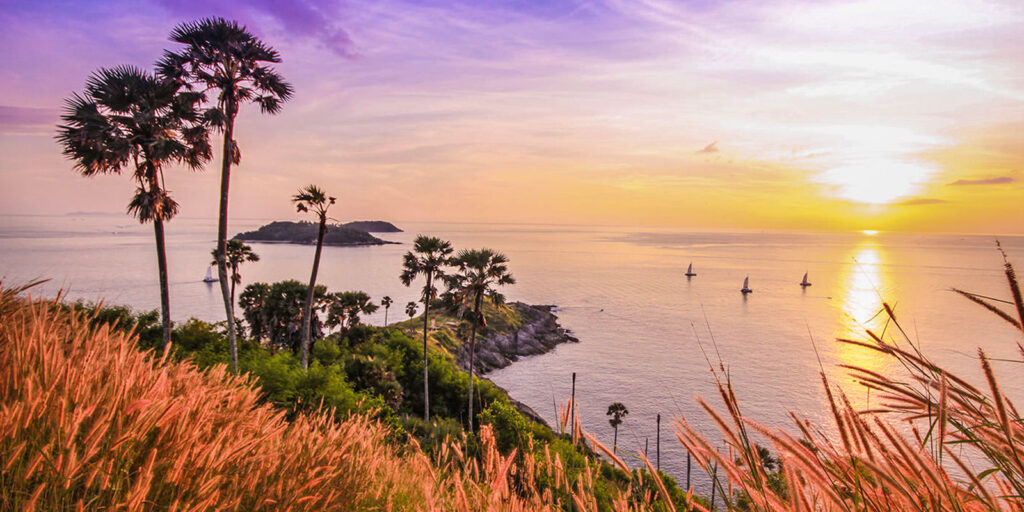
Head to Phuket’s southernmost tip for sweeping views of the Andaman Sea shimmering on all sides. Promthep Cape is crowned with a modern, crab-shaped lighthouse and a flower-draped elephant shrine that adds a touch of local spirit—making it a spot worth lingering at. As sunset approaches, the area fills with tour buses, so for a quieter experience, arrive by 4pm or take the narrow fisherfolk’s trail down the hillside to a rocky outcrop that stretches into the sea, where you can watch the sun dip below the horizon in tranquil solitude.
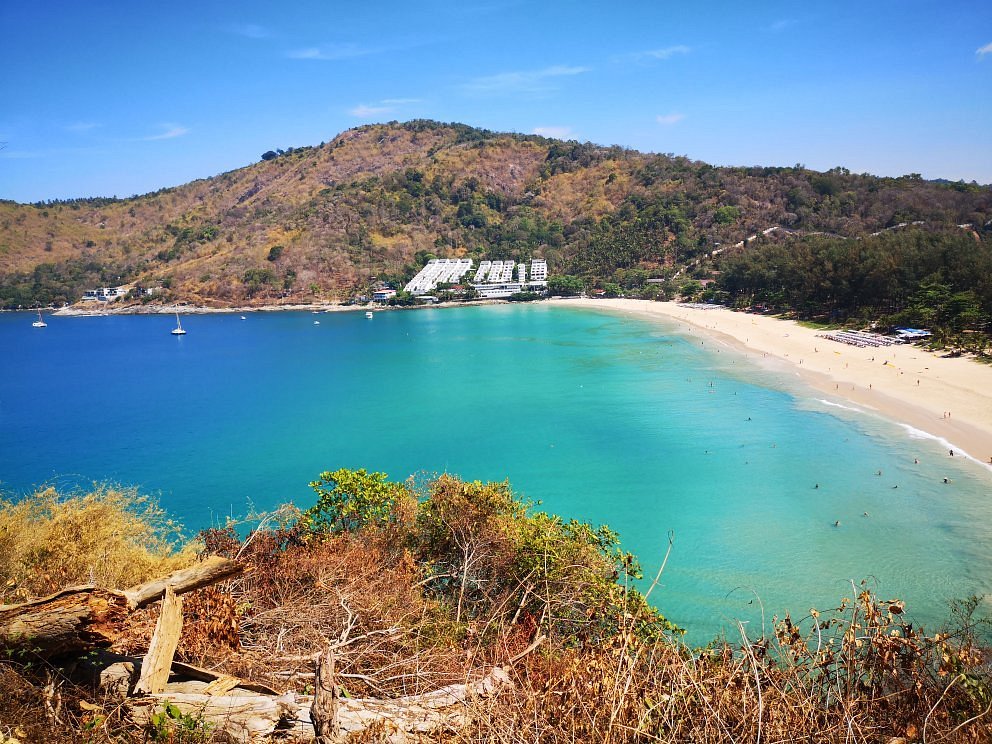
Ask a Phuket local or long-time expat about their favourite beach, and chances are they’ll mention Hat Nai Harn. Tucked on the west side of Laem Phromthep, this stunning golden-white crescent is fringed by casuarina trees and overlooked by a serene seafront wát (temple). With its clear turquoise waters, it’s one of Rawai’s top spots for swimming and sunbathing—just be mindful of strong rip tides during the low season.

Originally established in 1934 as a Chinese-language school, this vibrant museum now showcases Phuket’s rich cultural heritage through an engaging mix of photos, videos, and English-language exhibits. It traces the island’s history from early Chinese migration—many prominent Phuket families have Chinese roots—through the tin-mining boom and the famed Vegetarian Festival, to local traditions in cuisine, fashion, and literature. The building is an architectural gem in itself, blending Chinese and European styles with elements of Art Deco, Palladian design, a Chinese gable roof, detailed stucco work, and a classic British-style iron gate.
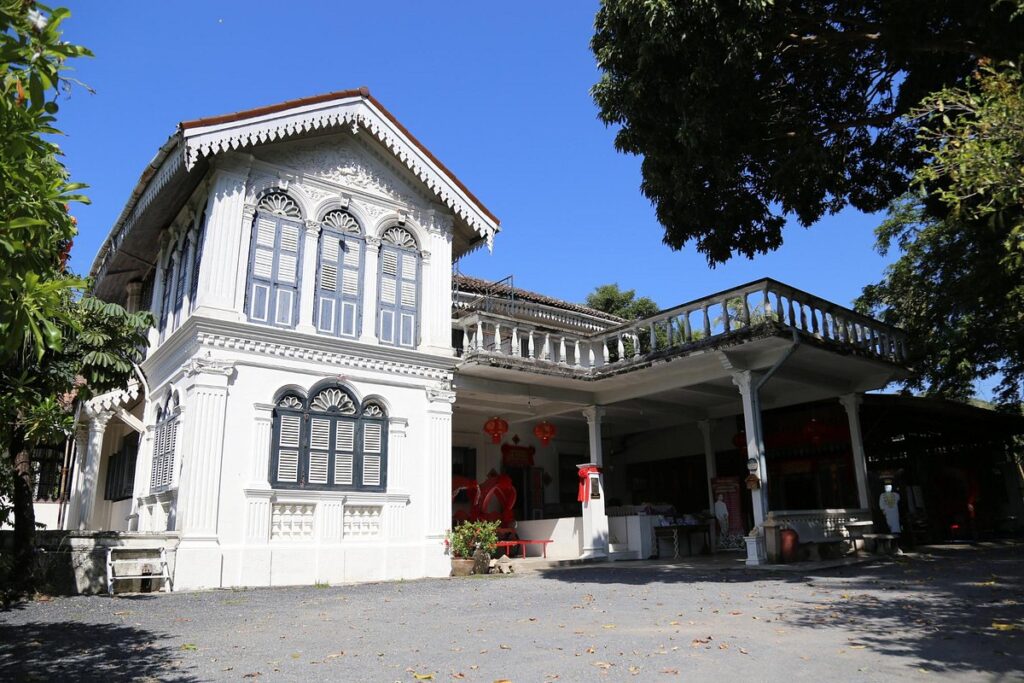
Built in 1903 from tin-mining wealth, this exquisitely preserved Sino-Portuguese mansion is a must-visit for lovers of antiques and architecture. While the Victorian lace-draped steel four-poster beds may feel a bit over-the-top to some, the home’s rich historical charm is undeniable. Highlights include an elegant atrium foyer with archways framing a koi pond, bowls of fresh hibiscus, intricate Italian ceramic tiles, blue-and-white shuttered windows, and vintage black-and-white family portraits. Remarkably, the mansion is still home to the sixth-generation descendants of its original owner, Phra Pitak Chinpracha.
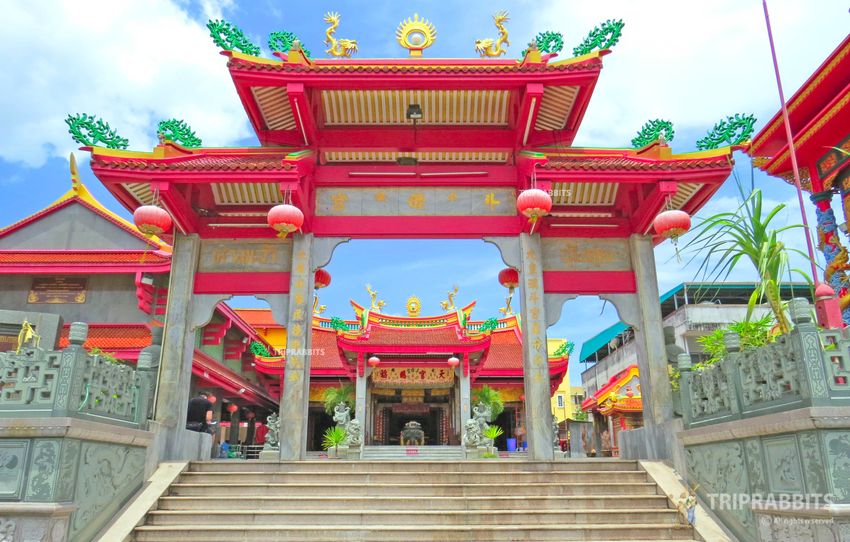
One of Phuket’s most significant Chinese shrines, this striking red-painted hilltop sanctuary is dedicated to Tean Hu Huan Soy, the deity of performers and dancers. It plays a central role during the island’s famous Vegetarian Festival, especially for the more extreme participants known for their dramatic body piercings. Originally established in 1911 on Soi Romanee, the shrine was relocated after a fire and now features a modern firecracker tower. Just nearby, along Th Ranong, you’ll find rows of vegetarian eateries marked with yellow-and-red signs, adding to the festive and spiritual atmosphere.
WhatsApp us